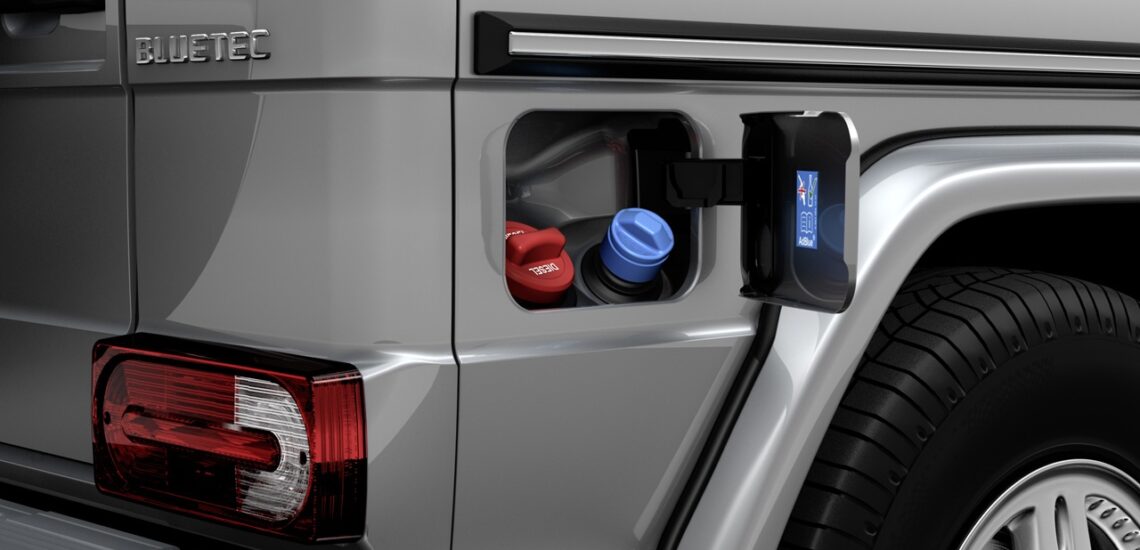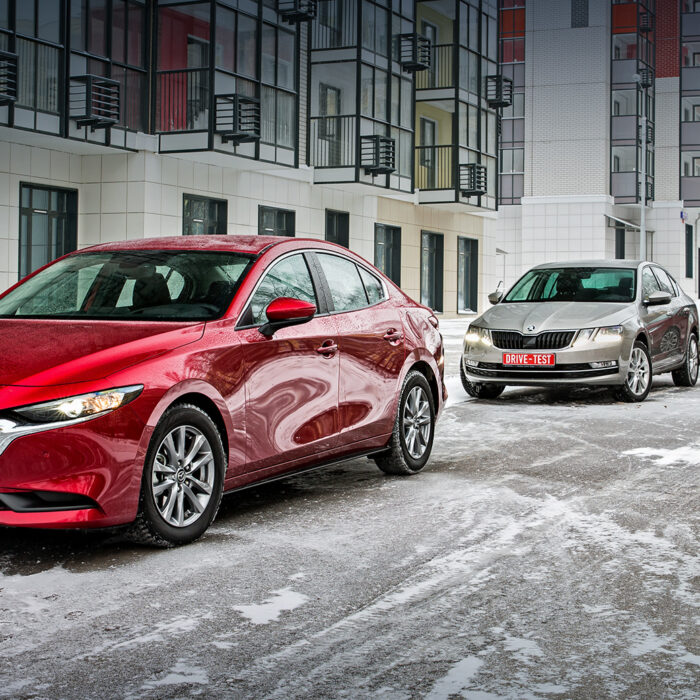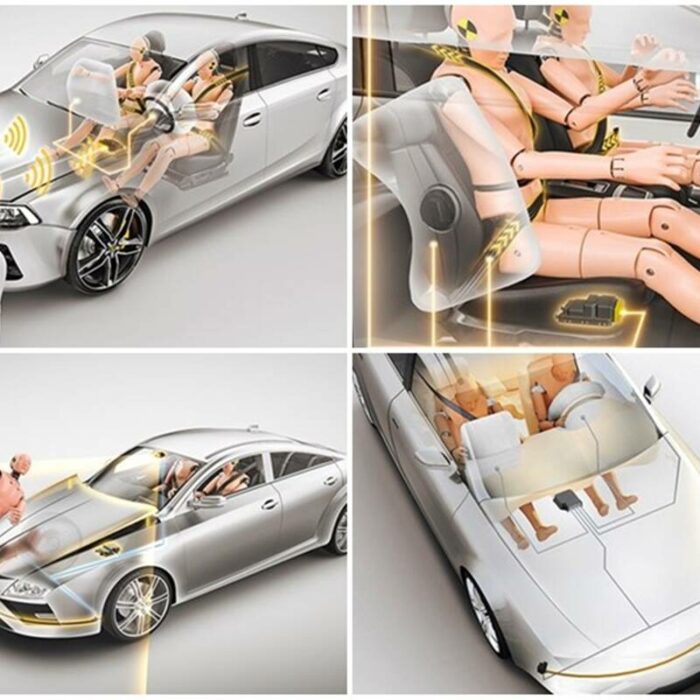Los desarrolladores recurren a cualquier truco para incrementar el respeto medioambiental de sus autos. Juegan con paneles solares, accionamientos eléctricos e híbridos, juguetean con tecnologías de hidrógeno. Muchos de estos desarrollos se filtraron a la línea de ensamblaje, y algunos quedaron para vivir sus vidas solo en prototipos. Y, por cierto, la tecnología Bluetec que utiliza Mercedes-Benz en sus autos diésel, aunque no es revolucionaria, limpia los gases de escape de forma adecuada.
Es un pecado cuestionar la efectividad de este sistema. Juzgue usted mismo, gracias a su aplicación, los ingenieros, sin cambiar el diseño de los motores que cumplen con las normas Euro-3, lograron alcanzar el nivel de emisiones que, en términos de contenido de óxidos de nitrógeno, encajan en los estándares Euro-5 e incluso Euro- 6 con un amplio margen y con mínimas reconfiguraciones de equipos de combustible. Entonces, ¿cómo funciona esta maravilla tecnológica?
Muchos automóviles modernos tienen catalizadores de tres vías. Son relativamente simples, no demasiado costosos de producir, bastante duraderos y, debemos decir, hacen muy bien su trabajo. En tales catalizadores, el platino y el paladio “luchan” con el CO (monóxido de carbono) y el CH (hidrocarburo), y el rodio “lucha” con el NO (óxidos de nitrógeno). Sin entrar en detalles, el resultado del trabajo de la “máscara de gas” es la oxidación o reducción de estos componentes tóxicos a dióxido de carbono CO2, nitrógeno N2 y agua. Y aunque los desarrolladores aprendieron a luchar de manera muy eficaz con la “trinidad” maliciosa, los químicos se enfrentaron a algunos problemas al limpiar el escape de los motores diésel.
Todo estaría bien, pero las características de la mezcla en un motor diesel son tales que cuando funciona, no solo se liberan los componentes dañinos enumerados, sino también una gran cantidad de hollín, que, por cierto, es un “provocador” del crecimiento de células cancerosas. ¡Y eso no es todo! La peculiaridad de los motores diésel es que si reduce la proporción de hollín en el escape, el contenido de NOx, por el contrario, comenzará a aumentar bruscamente, y viceversa. Además, un sesgo hacia una u otra dirección depende no únicamente de la perfección del proceso de mezcla, sino también del modo de funcionamiento.
Por lo tanto, resulta que se necesita un sistema mucho más complejo que consta de varios componentes para una limpieza integrada de los gases de escape diesel. Y, debemos decir, se lanzaron muchos de estos sistemas: Toyota, Citroen y Mitsubishi experimentaron con ellos. Hay algunos casos muy interesantes entre ellos, pero, desafortunadamente, en la mayoría de los casos se parecen a las plantas de hidrólisis de una refinería de petróleo en términos de su complejidad. No solo son voluminosos y pesados, sino que también son caros hasta tal punto que la rentabilidad pone en tela de juicio su uso en la producción en masa.
Aunque, cabe señalar, fue posible encontrar una solución para el hollín con relativa rapidez y, lo que es más importante, a bajo precio. Los ingenieros químicos han creado un filtro de partículas de almacenamiento especial, que se puede ver hoy en una gran cantidad de motores diésel modernos. El CO y el CH de estos motores se eliminan eficazmente con la ayuda de catalizadores de oxidación convencionales. Pero, ¿qué pasa con los NOx? Su cantidad puede aumentar tanto bajo ciertos modos de funcionamiento de un motor diesel que resulta muy problemático encajarlo en las normas Euro-4 y, aún más, Euro-6.
La respuesta la dieron los especialistas de Mercedes con su tecnología Bluetec. Es este sistema de limpieza de gases de escape, que resultó ser el más simple y exitoso de su propio tipo, el que permitió que los motores diésel se ajustaran a estándares prometedores de toxicidad ultra estrictos en todos los aspectos, incluidos los óxidos de nitrógeno. Sin embargo, no todo el mundo sabe que no uno, sino tres subtipos del sistema, que difieren mucho, se utilizan bajo el signo Bluetec en los autos Mercedes y Chrysler. Pero lo primero es lo primero.
Primero, Daimler Chrysler lanzó una serie de automóviles con un sistema que implicaba la inyección de urea artificial AdBlue en el puerto de escape. La empresa lanzó prototipos con la tecnología de urea Bluetec en la carretera en 2002. Durante varios meses, los probadores condujeron los coches por las carreteras de Europa y América antes de darse cuenta de que el sistema era capaz y podía usarse en coches de producción. Ya a principios de 2005, los camiones diésel en serie de la empresa estaban equipados con dichos sistemas. Luego, la tecnología se trasladó lentamente a los autobuses. Y no hace mucho, se les unieron los turismos, por ejemplo, el Mercedes-Benz GL SUV o el Mercedes E 320 CDI Bluetec.
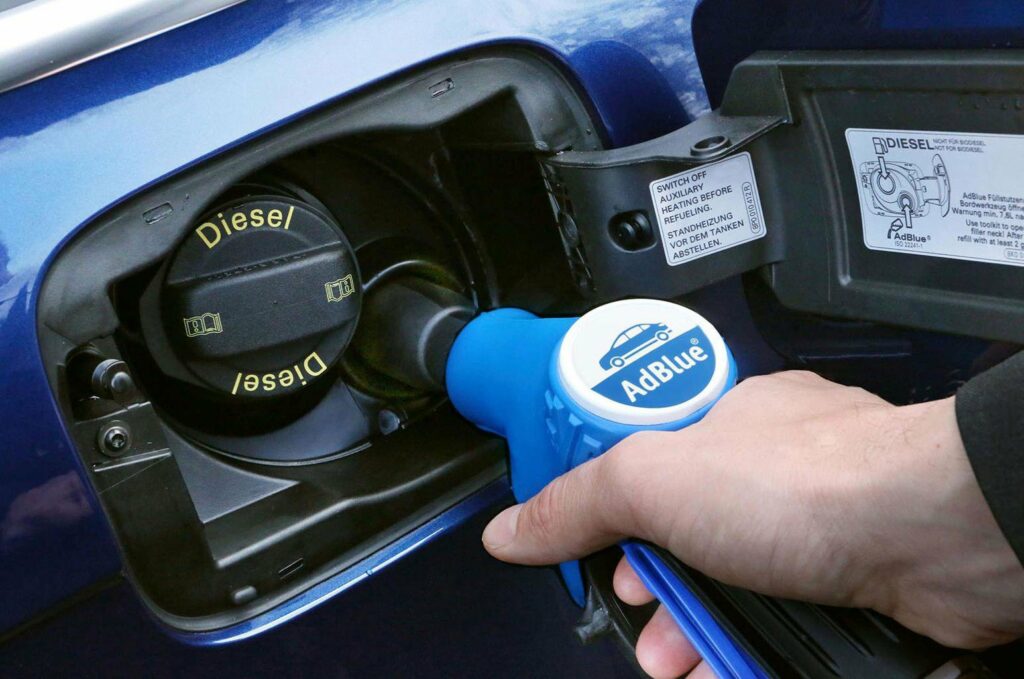
La versión para camión de Bluetec es la más simple y funciona de la siguiente manera: un reactivo activo especial AdBlue, que es una solución acuosa de urea (agua + amoníaco), se introduce en el puerto de escape y se mezcla con los gases de escape. Luego, esta mezcla salvaje se convierte en un catalizador especial SCR (Reducción catalítica selectiva). Aquí, el amoníaco de AdBlue reacciona químicamente con óxidos de nitrógeno bajo la influencia de productos químicos catalizadores a una temperatura de aproximadamente 250-300 °C. Como resultado, el NOx se “desmonta” en nitrógeno y agua inofensivos. Por supuesto, aquí también se queman otros componentes dañinos.
La opción instalada en el SUV Vision GL 320 Bluetec es más sofisticada. Esta versión funciona así: casi inmediatamente después del colector de escape, los gases de escape ingresan al catalizador de oxidación, que se combina con un filtro de partículas. Por cierto, este “limpiador” combinado no es nada especial: la mayoría de los motores diésel modernos están equipados con uno de ellos. En él, el platino y el paladio “luchan” con el CO y el CH, y el filtro atrapa y luego oxida las partículas sólidas de carbón, es decir, el hollín.
Luego, el escape semi-limpio ingresa a la cámara de mezcla y se une con el reactivo AdBlue. La etapa final de purificación tiene lugar en el catalizador SCR de la misma manera que en la modificación del sistema en camión. Y solo después de una limpieza de varias etapas, se liberan los gases de escape.
El consumo de urea artificial no es tan grande como puede parecer al principio, solamente alrededor de 0,1 litros cada 100 kilómetros. Por tanto, un depósito de 20 litros con AdBlue es suficiente para una carrera de más de 20 mil kilómetros, lo que significa que el stock se puede reponer cada vez que se realiza un servicio de mantenimiento programado. La situación es similar con los camiones, pero, por supuesto, se necesita un poco más de líquido por kilómetro.
Por supuesto, el “líquido” Bluetec también tiene desventajas. Y no se trata solo del precio: el sistema es extremadamente “exigente” con la calidad del combustible y normalmente solo funciona con combustible diesel con un contenido mínimo de azufre. Además, dicho sistema provoca problemas innecesarios durante el mantenimiento. Existe otra dificultad: la solución de AdBlue se congela a 11,5 ° C.
Por lo tanto, los diésel ultrapuros que trabajan con el reactivo AdBlue son relevantes en regiones donde la temperatura mínima no desciende por debajo de -5-8 ° C. Es decir, en países europeos relativamente cálidos y en los estados del sur de América. Por ejemplo, en California, que se preocupa por los problemas ambientales.
Al conocer estas deficiencias, Mercedes se quedó perplejo en un momento por el desarrollo de un sistema sin el uso de urea. Así nació otra opción que, por cierto, ya se utiliza en los autos sedán y camionetas Mercedes E320 CDI Bluetec. Aquí, los desarrolladores tomaron un camino diferente: cambiaron un poco la naturaleza de la inyección en todos los modos con la ayuda de la electrónica. Y decidió someter los gases de escape a una limpieza de cuatro etapas, sin el uso de un reactivo líquido.
Este sistema consta de un convertidor catalítico oxidante de platino, un filtro de partículas y dos catalizadores SCR que “luchan” solo con óxidos de nitrógeno. Los automóviles con una limpieza de cuatro etapas de este tipo se venden exclusivamente en los Estados Unidos y permiten ajustar la composición de los óxidos de nitrógeno en el escape a los estándares más estrictos de California. Por cierto, las normas para la concentración de óxidos de nitrógeno NOx adoptadas en el estado corresponden aproximadamente al nivel de Euro-5.
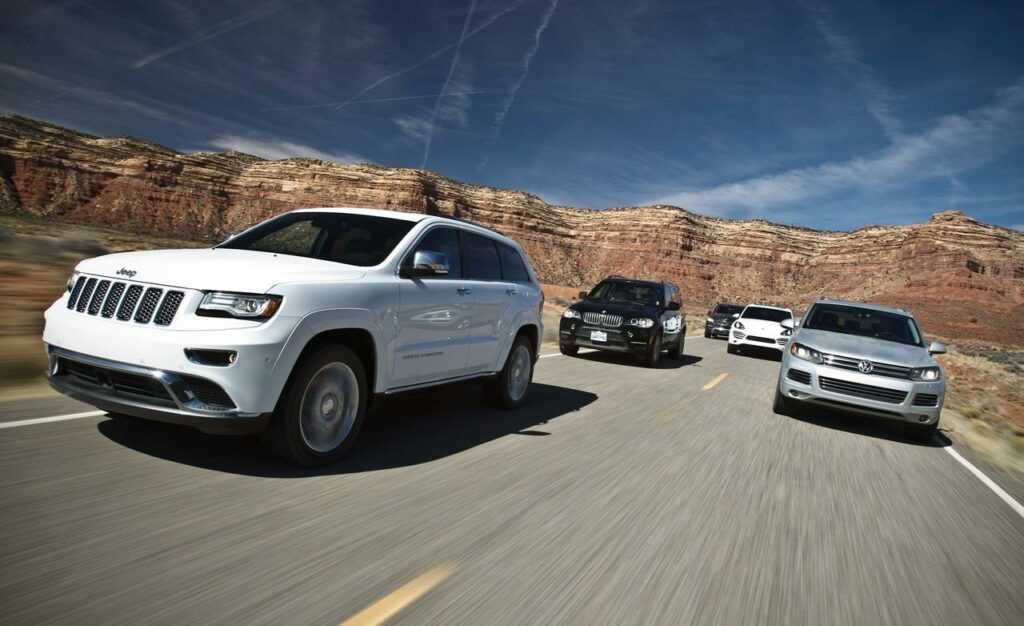
No hay duda sobre el futuro de la tecnología BlueTec ahora. Pero hasta ahora, el líder en la producción de tales autos es Mercedes-Benz. Por cierto, Volkswagen fue una vez parte del consorcio, pero más tarde, la preocupación por alguna razón decidió negarse a seguir el ritmo de sus colegas. Sin embargo, las ventas de automóviles con Bluetec apenas están comenzando y no hay garantía de que otros fabricantes no hagan algo similar en el futuro.
Esta es una traducción. Puede leer el original aquí: https://www.drive.ru/technic/4efb331400f11713001e3775.html

Publicado Diciembre 23, 2021 • 7m para leer

